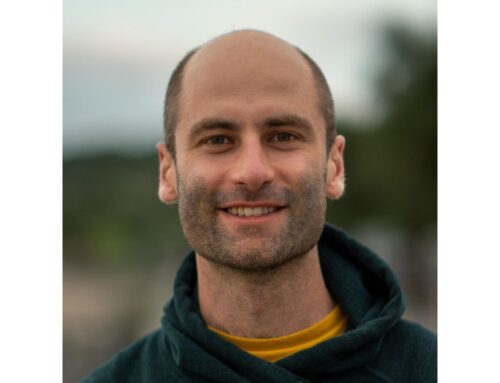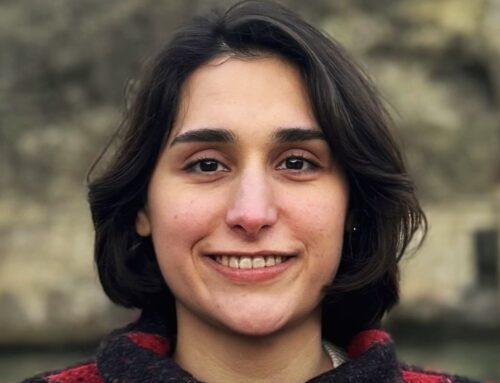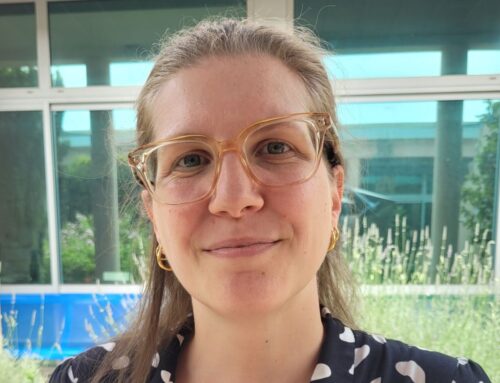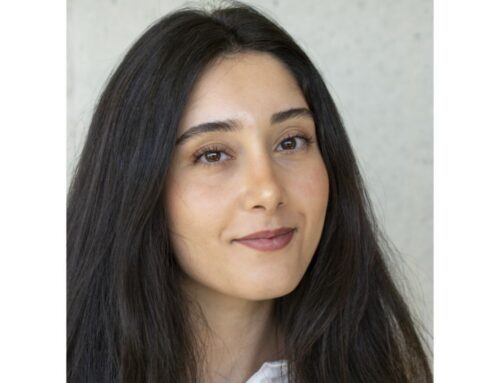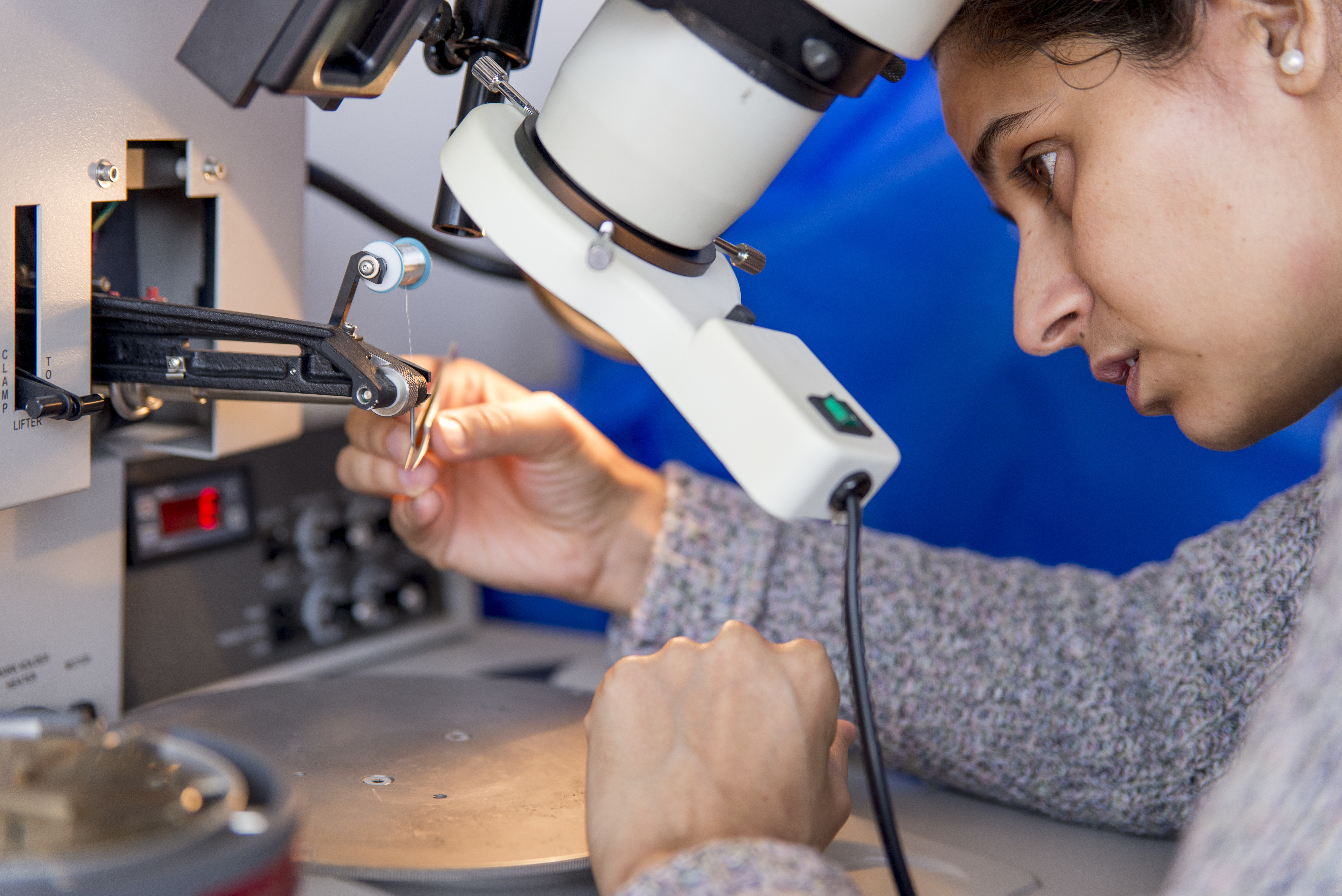
Published on Nov 12, 2019.
Scientist at HFML Nijmegen.
During my two-year post-doctoral stay at the HFML, I will continuemy research that I started at the high magnetic field lab LNCMI in Toulouse. There, I studied novel aperiodic quantum oscillations in the two-dimensional electron gas that exists at the interface between two insulating oxides. To observe these oscillations, I cooled down the materials to less than -271 degrees Celsius, and put them in very high magnetic fields. The behavior I found was something completely new and is not fully understood yet. At the HFML, I continue my research on these oscillations on different materials with comparable properties and at lower temperatures. This way, I hope to find some explanations.
One big advantage of working at the HFML is that the lab has static high magnetic fields, as opposed to the pulsed fields available at LNCMI-Toulouse. The static magnetic field allows me to apply a smaller excitation current and, therefore, causes less heating in the material, which enables to measure at even lower temperature. Because of this, I will be able to see the oscillations we are looking for even clearer in our measurements here. Just like LNCMI, HFML is a user facility, which again is an advantage. The knowledge that I gain from working together with international researchers that come and use the magnets at the HFML strengthens my own research.
I am originally from India and completed my PhD degree at National University of Singapore. During my PhD, I researched magnetic oxide materials that could possibly be used to make magnetic refrigerators suitable for ultra-low temperatures. At the same time, I got interested in how the behavior of electrons change in a material when a magnetic field is applied. The results I obtained were very complex to understand, which motivated me to learn more about the topic and to dig deeper into this type of research.


